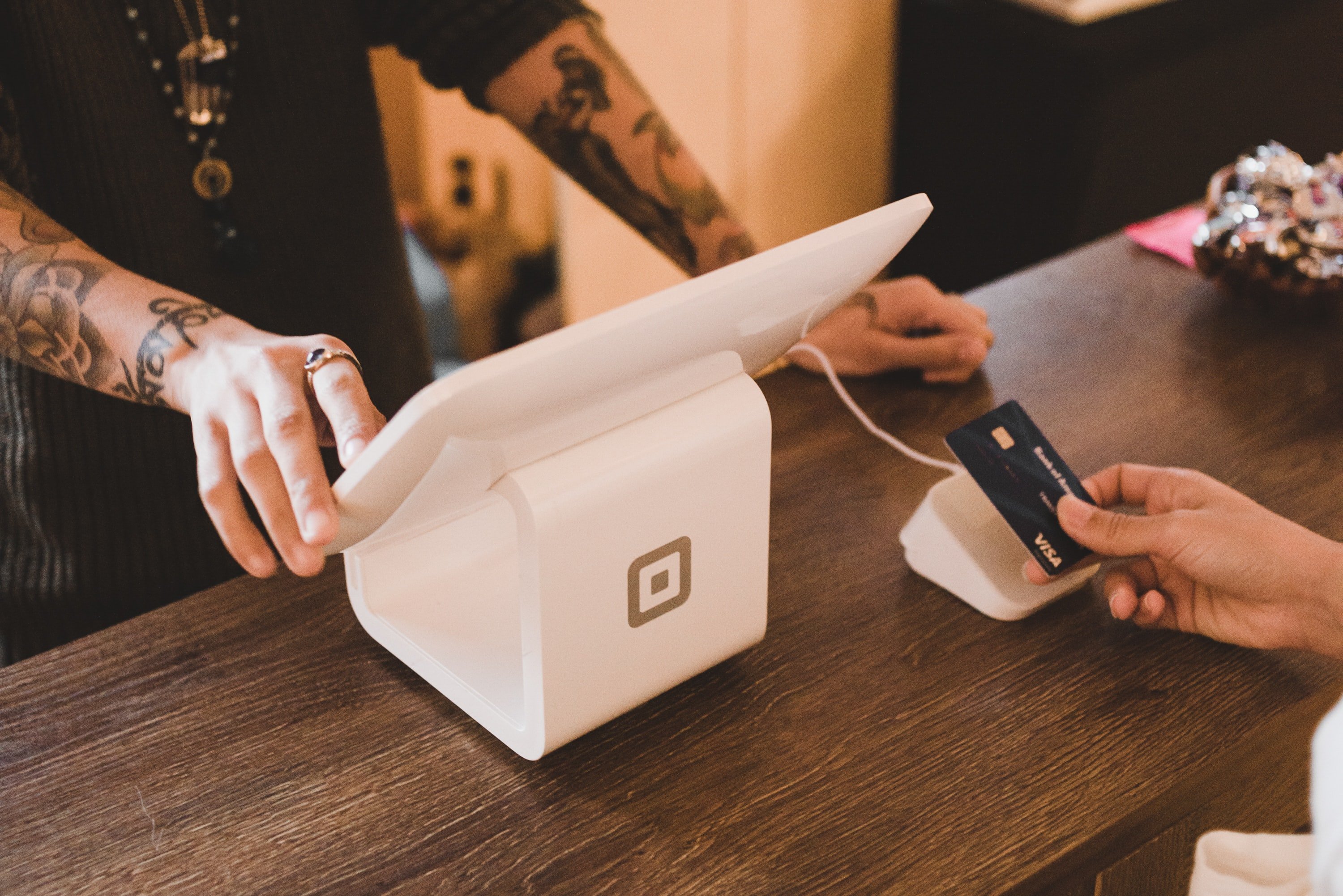You’ve done the hard work. You won the business, the client placed the order, you delivered on time and to spec and then raised the invoice.
You’re done…… or are you?
The client will just pay on-time, right? Unfortunately, this isn’t always the case and it often isn’t down to customers not wanting to part with their money. The problem often lies with YOU.
Too many times to count I have seen companies think that once the invoice has gone out the job is done. They look at their P&L and see a nice profit and think their business is successful. However, a couple of days later they are stressing about how they are going to be able to pay their payroll at the end of the week and just don’t get how they can be short of cash when they are so profitable.
The first port of call in these circumstances is the Trade Debtors Report. This shows where all the cash they have outstanding is, as it is a breakdown of all the invoices that have yet to be paid for work they have done. This report is often broken down into 30 day periods so that it is easier to focus on how old the invoices are and add a bit of impetus to the business owner to reach out to their customers and get paid. Unfortunately, if business owners are relying on the trade debtor report at the end of each month to determine how much cash they have out there, they are already playing catch up and don’t have a proactive credit control process in place.
The first part of a strong process is to understand that the job isn’t finished until the cash is received, and not when the invoice goes out. During the period in between, there is a real potential for getting paid late, or even not at all, so as much focus has to be spent on getting the invoice paid as there was to get the goods or services out of the door to the customer.
Some easily implemented points that will give you a strong credit control process are:
- Get the payment terms and account limit agreed with the customer up front. These will vary from industry to industry but always remember that the longer you allow for credit terms, the more cash you need from other sources in order to meet your own liabilities. Staff and Creditors need to be paid and if your funds are tied up in invoices, then you have to pay them regardless.
- Conduct a credit check of the customer prior to the first order being accepted. Payment terms and account limits can reflect the perceived risk outlined by their credit history.
- Get a purchase order off the customer. This will help you to ensure that the work completed has been done per their request and the invoice is easier to create in accordance with that. If the PO states 20 widgets at $x each and you have delivered 20 and subsequently invoiced for 20 widgets at $x, then the chances of you being paid on time are greatly increased.
- Get the invoice out on time and ensure that it shows the payment terms distinctly on it.
- Call the customer a week after sending the invoice to ensure that there are no issues with it. You then have plenty of time to resolve any queries that they may have.
- A week before the invoice is due, call the customer to confirm the payment date and that your invoice will be included on the payment run.
- If payment is not received, contact the customer to ensure that there are no issues that have led to it. It could be that the payment process was simply completed late but it could also be that the goods were found to not work as expected and so the invoice has been put on hold. Better to know sooner and be able to take the steps necessary for resolution.





